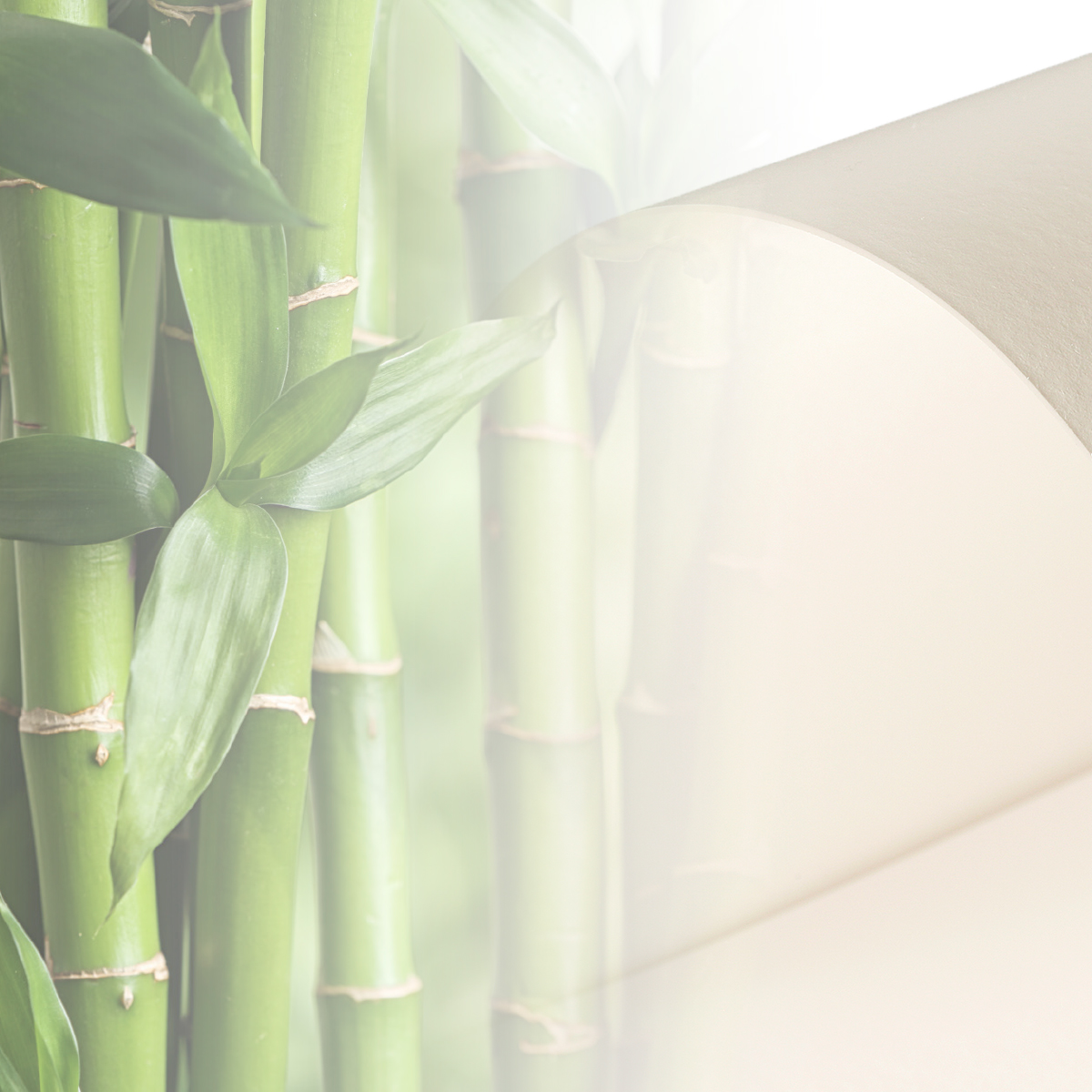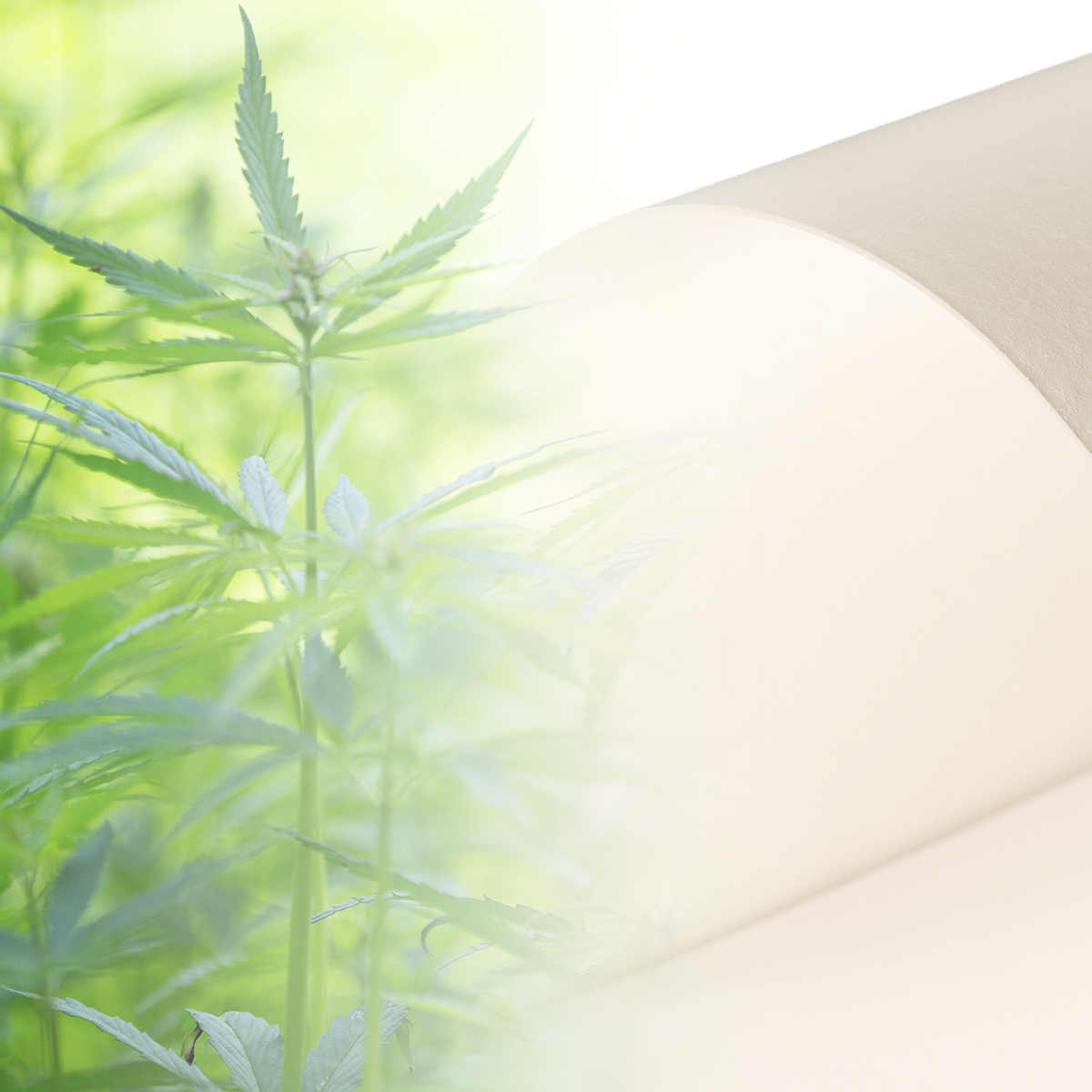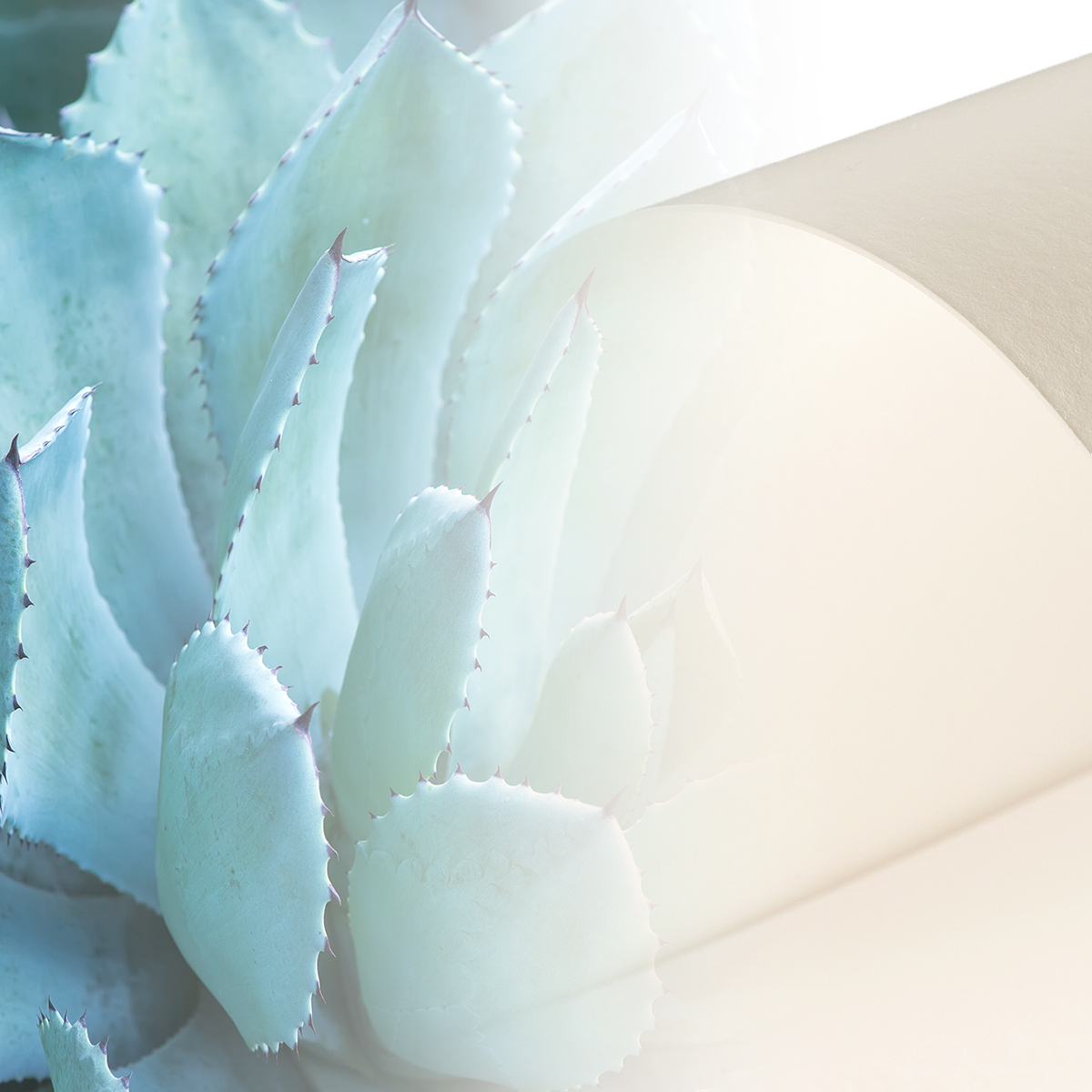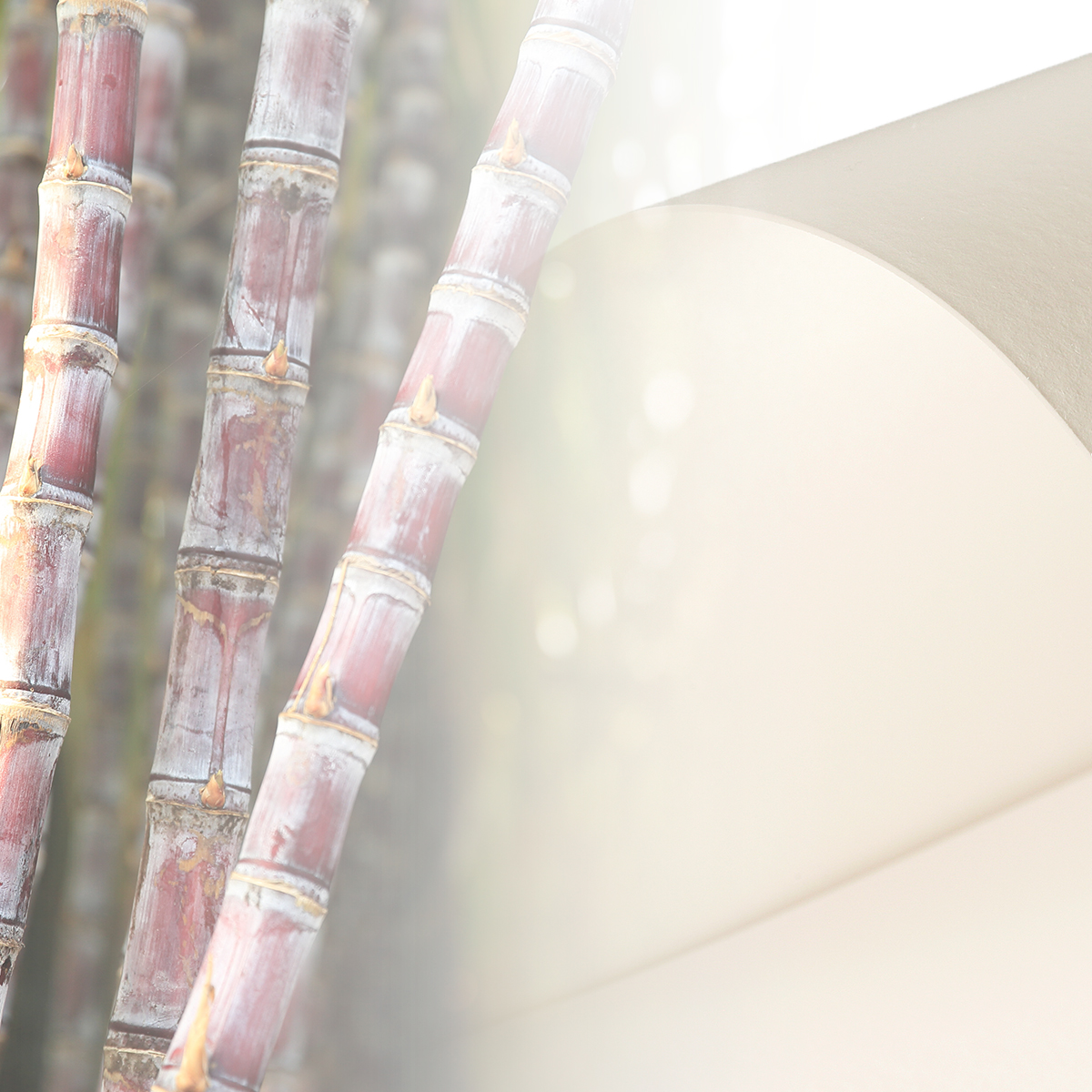Sustainability & Social Responsibility is in Our Nature
Hahnemühle's success has been built on clean water, natural fibres, expert papermaking, and a commitment to our German production site, all while respecting our environment and social responsibility. From sourcing of sustainable raw materials to energy-efficient production powered entirely by renewable resources. Every step we take is guided by our commitment to nature, the environment, and climate protection. We use FSC- or PEFC-certified lignin-free cellulose from sustainably managed forests and pioneering premium papers for art and photography made of plant-based fibers. Cotton linters, bamboo, hemp, agave, and sugarcane are tree-free fibre alternatives to improve our CO2 footprint.
Want more 'Facts about Fibres: Sustainable. Innovative. Pioneering'? Click over to our blog !
Water
Hahnemühle has been producing the finest artist‘s papers with pure spring water for more than four centuries. The pure spring water from Hahnemühle’s own artesian wells is just « borrowed » from nature. With a closed water cycle, the water needs no treatment prior to and after production, is reused several times and fed into the nearby river Ilme at the end – free from chemical cleaning agents, biocides and preservatives. The sole production site in Germany is located in an official landscape conservation area nowadays. Accordingly, Hahnemühle’s paper production must be environmentally friendly, sustainable and strictly controlled.
Raw materials
Our fibres are sourced exclusively from primary fibres. Here, we use lignin-free cellulose, sourced from deciduous and coniferous trees that grow in sustainably managed forests and are FSC- or PEFC-certified. Cotton rags - so called linters - also play an essential role. Linters are fine fibres that cling to the seed of the cotton plant and are a by-product of the textile and food industries. Hahnemühle has been producing high quality, archivalble artist papers from innovative, rapidly renewable plant fibres since 2008. We pioneered with Bamboo paper, re-invented hemp fibres, use agave and Sugar Cane (Bagasse) fibres for painting and drawing papers as well as digital fineart printing papers.
Energy
According to the Greenhouse Gas Protocol Hahnemühle is currently implementing a certified system to measure and improve its corporate carbon footprint and become a Net Zero company. What is achieved so far? Energy used for manufacturing comes exclusively from 100% renewable wind, water and solar energy. Employing a certified system to improve energy and resource efficiency in accordance with ISO 50001, all energy data is recorded, evaluated and continuously reduced in a professional and traceable manner. Hahnemühle uses the exhaust heat from the paper machines to warm the production site and office building.
All Papers are vegan
As early as 1965, Hahnemühle was the first paper manufacturer worldwide to produce exclusively vegan
papers. What does this mean? Animal glues made of gelatine or substrates of animal origin are banned from Hahnemühle papers. Hahnemühle papers contain glue based on a synthetic compound. It is biodegradable, contains no genetically modified organisms, harmful or toxic substances. It is even approved by international regulatory authorities for use in food contact papers.
Environmental Management
Hahnemühle meets and exceeds the highest standards of German environmental protection laws and guidelines. Manufacturing according to the ISO 14001 guideline for environmental management is part of Hahnemühle’s journey to a carbon-neutral future and circular economy which only uses resources within planetary boundaries. Employing a certified system to improve energy and resource efficiency in accordance with ISO 50001, all energy data is recorded, evaluated and continuously reduced in a professional and traceable manner.
Highly resistant to ageing
What is the most sustainable paper? The one which stands the test of time! Hahnemühle papers last for generations as they meet the high requirements of ISO standard 9706 for ageing resistance of paper and extreme lightfastness. In combination with museum conditions, archival and acid-free artist materials such as ink and paints, artworks will last for hundreds of years.
Recycling
Sustainable resource management also includes recycling our own production waste and scrap materials which we then return to the production cycle or, if that isn’t possible, hand over to other waste processors.
We always choose recycled material for our products on the condition that it will not compromise their quality and longevity – for example, cardboard boxes and tubes for our paper rolls.
Recycling at Hahnemühle starts in paper production, where our primary fibres are re-used or are utilized left-overs from other industries which we use in a cascade manner.
Packaging
All packaging materials must meet the highest standards to guarantee the longevity of our paper. Hahnemühle is researching alternative packaging and - where possible - uses material that has already been recycled. Cardboard tubes for papers in reels and packaging cartons are made of recycled paper, annually saving more than 200 tonnes of primary resources or 20 tonnes of greenhouse gas emissions. The filling material for transport boxes is composed of recycled paper or corn chips from 100% compostable corn starch. Adhesive tapes and delivery note envelopes are made of paper to reduce plastic.
Transport
Distributing our paper to more than 130 countries across the world is a considerable challenge. Our aim is to minimise any impact made by necessary transport measures on the environment and climate. The majority of our products are transported by ship or rail. Our central logistics site is in Göttingen in southern Lower Saxony, where we pool our shipments for transportation and make optimum use of our means of transport. We are especially pleased that our logistics partner has been recognised with an award for sustainability and is therefore supporting our efforts to protect the climate.
Our Commitment - Green Rooster
The red rooster is the well-known Hahnemühle trademark; with the green rooster, our own - and in the paper industry unique - Green Rooster initiative, we support regional, national and international environmental and climate protection projects as well as social and civil initiatives. We are committed to reforestation, species protection, environmental education programmes and many more. In doing so, we are guided by the 17 Sustainable Development Goals of the United Nations and the Gold Standard for environmental protection projects. And why do we do this? To protect our habitat and yours. See how wonderfully green it is here and learn more about our Green-Rooster-Initiative ...




